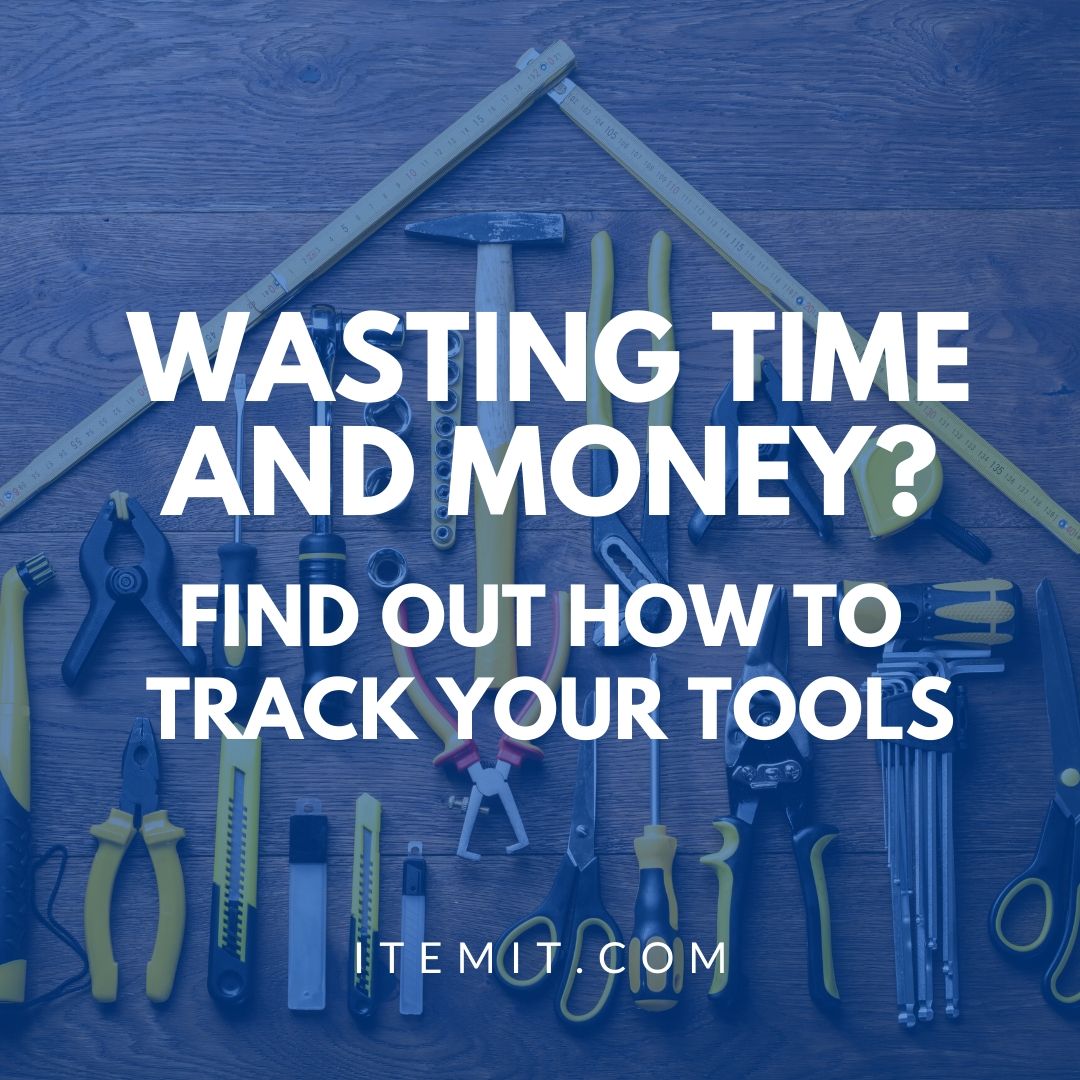Think about the amount of time you spend looking for tools each month. How did that spanner end up over there? Who used the drill last? Where’s the screwdriver?
According to asset tracking company HILTI, an average of 90 hours a month is wasted simply looking for tools. Just let that sink in for a minute…
90 hours a month.
That’s over 2 weeks worth of one person’s time!!
Now, you don’t need us to tell you that this time and money could be better spent elsewhere… you know, like actually using the tools that have gone walkabout!
Luckily, if you need to know how to track your tools, then you’ve come to the right place, my friends.
Need to Know How to Track your Tools? SPOILER ALERT: Tag Your Assets
The core of finding and using your tools will come down to QR code asset tags and tracking the location of your tools and equipment. You can save hours on hours each month with this asset tracking system.
Whenever a tool is needed, simply check your asset tracking app to see where it was left. Then, when you pick it up, scan the tool’s QR code, and its geolocation will update.
Each of your tools, whether large or small, can be tagged up with any number of different types of QR. Tools that will get more weathered or have a larger strain put on them can benefit from robust anodised aluminium tags, but for most equipment, a low-cost vinyl asset tag should suffice.
Each of your tools will get a unique asset profile, and this QR tag is what links this digital profile to the physical tool. This way, whenever an asset moves you’ll be able to see exactly where that specific tool is thanks to this QR tagging.
The Benefits of Small Tool Tracking Software
Still wondering about how to track your tools in other ways? Small tool tracking software doesn’t just help with the location of tools, it also helps you manage crucial data and information about your tools.
An asset management system can help you track the smallest of spanners, or the largest of cranes, so using asset tracking software saves you time and money no matter what equipment you rely on.
As each tool gets its own unique profile, you’ll be able to add calibration reminders as well as maintenance and inspection due dates against each individual tool. Any equipment faults can be reported via the issues management feature and managed from the central web portal. What’s more, with handy features such as assigning assets and check in check out, you’ll know instantly who is using which tool.
All tool and equipment maintenance records are accessible historically, which means you’ll know when an asset is more economical to replace than repair.
Scaling up your Construction Tool Tracking App Tracking
Once your equipment maintenance management is streamlined, and all of your tools are kept in check, why stop there? You can use your asset tracking system for IT asset management, too, ensuring you know where all of your laptops and phones are and what state they’re in. In this sense, your construction tool tracking app doesn’t just have to be for construction equipment!
If you need to book or check in or check out assets, use Zapier asset tracking integrations to send emails or add important dates to your Google calendar.
Overall, when you’re looking at how to track your tools, finding an effective asset management software means that you’ll be able to solve not only that problem but so much more!
Asset tracking will save you time and money because you’ll know where everything is at any given moment.
To find out more, you can contact the team at team@itemit.com, or fill in the form below.
Find Out How to Track Your Tools… With A Free Trial!
Start your free 14-day trial now
Instant access. No credit card details required.


